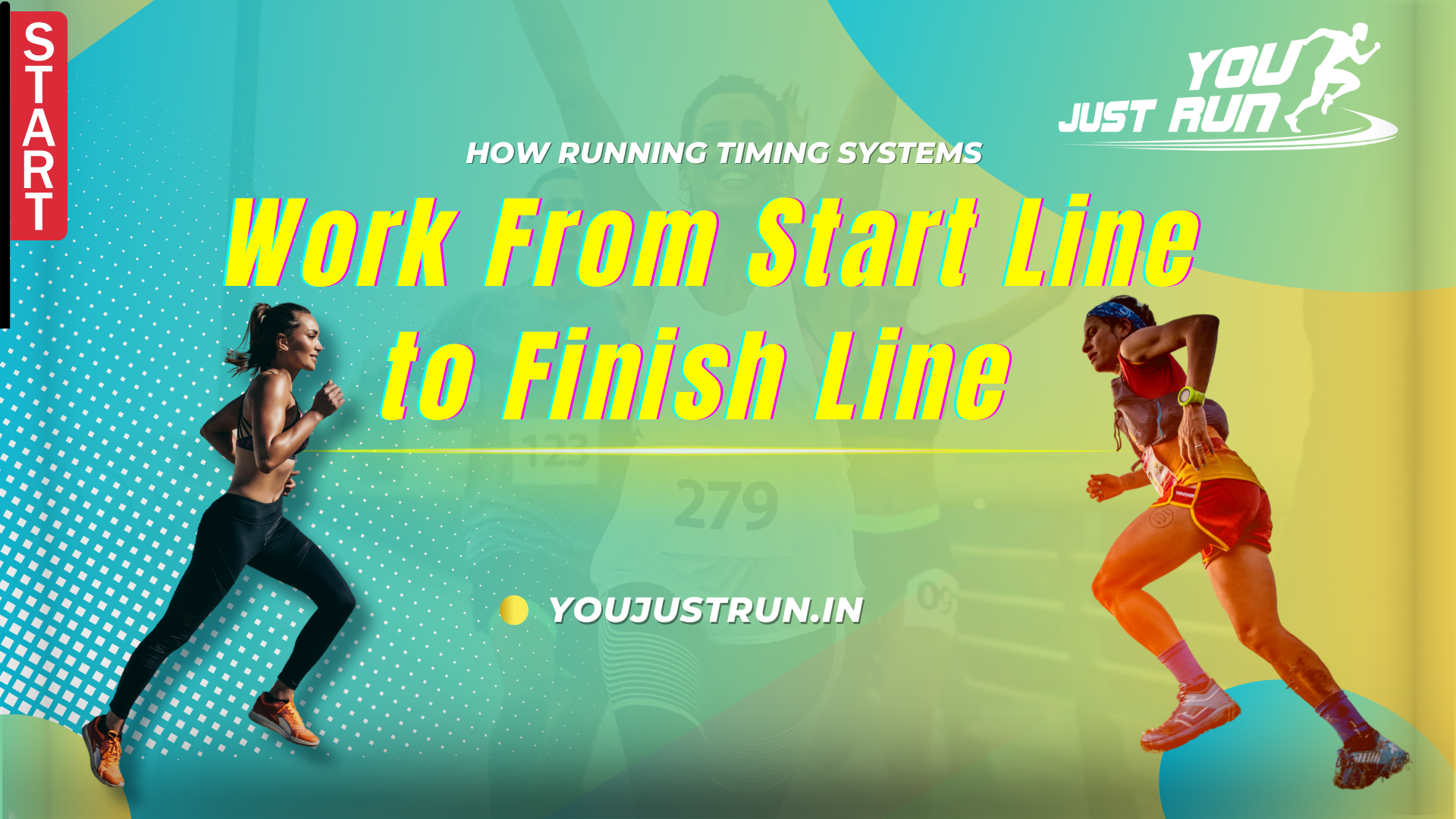Planning a race is more than plotting a course and awarding medals. Precision, equity, and integrity all depend on one vital component—the timing system for running.
Whether you’re hosting a 5K, half marathon, or ultra-distance race, understanding how timing works from start to finish helps ensure a smooth and professional experience for runners and spectators alike.
The Basics: What Is a Running Timing System?
A Running Timing System uses a mix of modern tools and technology to track a runner’s time from the moment they start the race to when they cross the finish line. The old methods of manual stopwatches and handwritten notes have been replaced. Nowadays, all events use electronic timing, including chips or sensors, to provide accurate, instantaneous results for all participants.
Such systems are particularly necessary in longer races where participants take many minutes crossing the starting line after the official start of the race. Individual start and end times being logged, the system makes sure the performance of every participant is measured justly.
The Start Line: Setting the Clock
At the start line, runners are typically given a small timing chip — often embedded in a bib, shoe tag, or wristband. These chips carry a special ID that is associated with each runner’s registration.
Timing mats or sensors are arranged over the starting line. As runners cross the mats, the system reads the chip and records the precise time that individual starts the race. This personalized start time is essential to authentic net timing, especially in massed or staggered events.
Along the Course: Tracking Progress
For longer races or multi-stage races, there tend to be additional timing stations along the course. These checkpoints offer real-time locations of each runner and aid in taking split times—such as passing the 5K or 10K point during a marathon.
If a runner is withdrawing or having problems, course tracking also assists in finding them. Live tracking via apps or web sites for observers and support staff is included in some systems, displaying up-to-date information of runners as they travel along the course.
The Finish Line: Recording the Result
As the runner crosses the finish line, timing mats read their chip a second time. The system immediately compares this information to their marked start time, determines their net finish time, and saves the figure in the official race database.
Subject to the event arrangement, results can be shown on displays, on slips printed, or by e-mail or mobile message. Providing immediate access to results not only enhances the runner’s experience but also eliminates the uncertainty of knowing what finish time one has actually achieved.
The Role of Backup Systems
Even with high-tech setups, race organizers always plan for the unexpected. Backup cameras, manual timers, and secondary systems are often used alongside the main running timing system to verify results or fill in missing data in case of a chip error.
These additional layers of verification are important, particularly in competitive races where every second counts. It’s also useful for clarifying circumstances such as runners failing to cross with their chips or wearing the incorrect bib.
After the Race: Data, Rankings, and Reports
Once the event wraps up, the collected data is used to create overall rankings, age group placements, and other result categories. Any decent running timing system simplifies the organization and dissemination of these results across various platforms, ranging from race websites to social media.
Organizers can also use timing data to improve future events. This information can help analyze trends in pacing, peak traffic at aid stations, and finish line flow.
Conclusion
In conclusion, from the time the gun fires until the second a runner crosses the finish line, a running timing system operates in the background to make everything proceed like clockwork. It’s not just technology — it’s about providing a fair, accurate, and professional race experience for all involved.
If you’re planning a race or participating in one soon, now you know what’s ticking behind every finish time. The system may be invisible, but its impact is clear.






